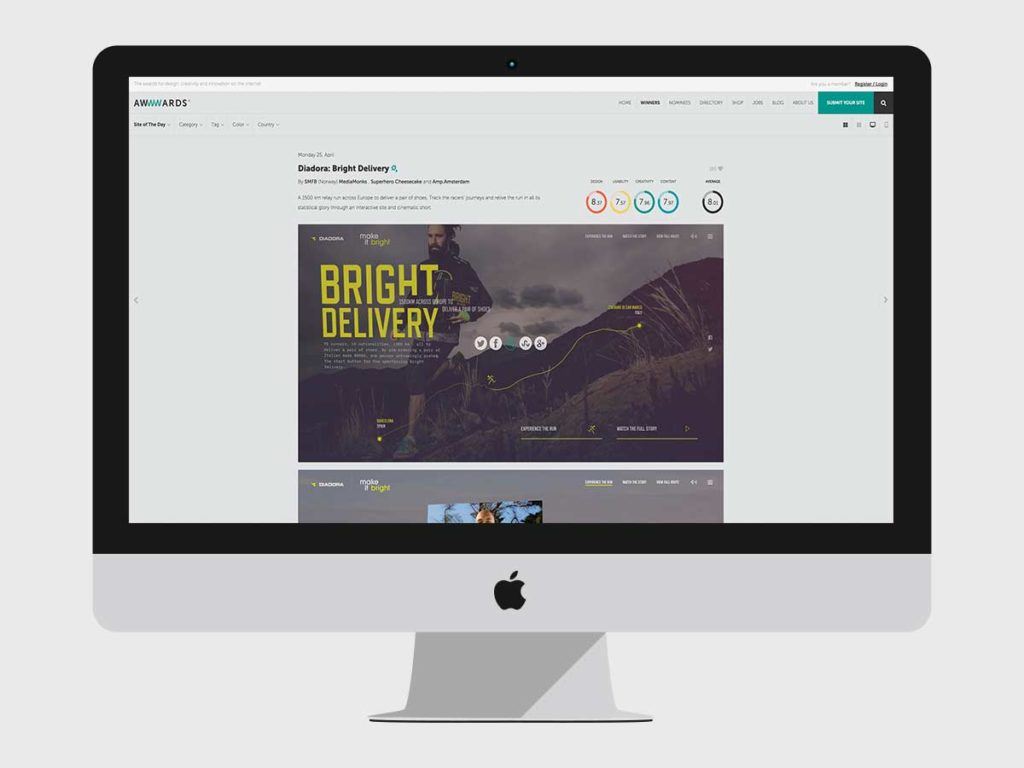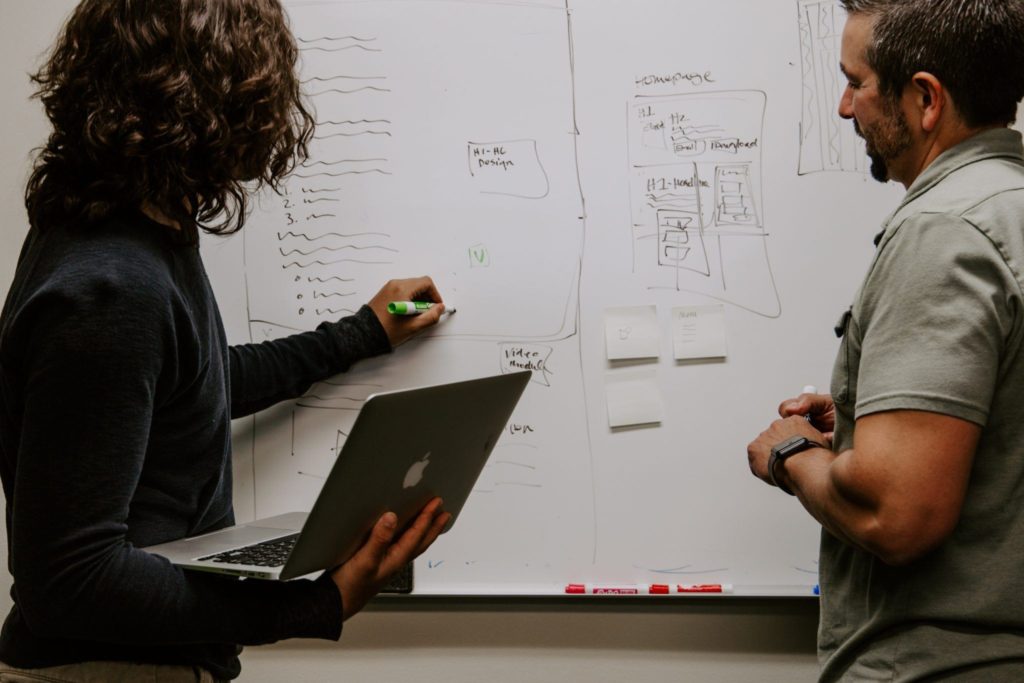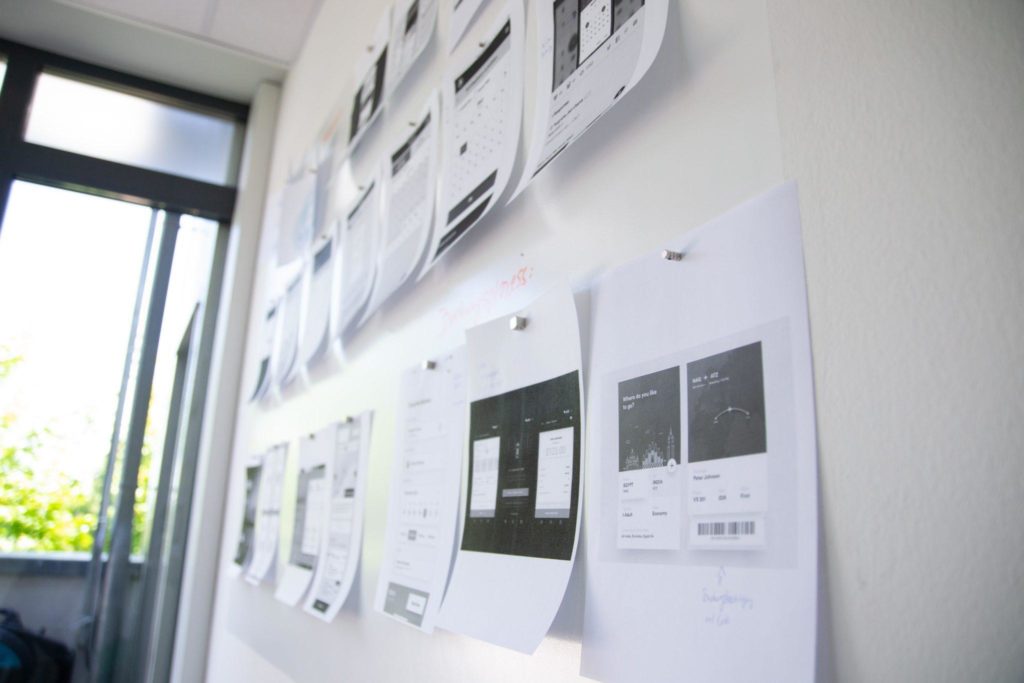Article
UI/UX Principle #31: Research for Inspiration

User research, testing and analysis are ingredients to inform and validate great UX, but too often we forget about where else to get inspiration.
Inspiration can easily come from researching competitors, industries, and other leading or award winning experiences. After all, various forms of inspiration can lead to building your new, game changing paradigm, not just incremental improvements.
Pablo Picasso once said “Good artists copy, great artists steal.” Picasso created thousands of original works, and he stole inspiration from everything around him to produce amazing art. This process of getting inspiration led to new artistic paradigms, including his famous surrealistic style.
In an age when only the financial elite could afford cars, Henry Ford proclaimed “I will build a motor car for the great multitude.” His plan? To create an automobile assembly line for the Model T Ford inspired by the efficient process of meat packing. Stealing inspiration from another industry – and thus decreasing the time it took to produce a car – Ford was able to lower the cost, creating a new industrial paradigm that has influenced thousands of companies.
The bulk of UX design is about the end user, but too often we are bound by thinking inside that box only. What do our users expect? And what have we done in the past to satisfy those expectations? For Henry Ford, users still wanted faster horses.
Instead of asking how we can replicate past successes, consider asking questions as you research and analyze competitors, industries, and leaders.
- Where are others stronger than us?
- What is considered best in class?
- What impact are they having in their marketing efforts?
- What process are they doing more efficiently than us?
- What is on the cutting edge?
- What is becoming outdated?
We recommend paying attention to your competitors, your industry, and the other experiences that are being created for your users. Look up and analyze those around you – you just might find an extraordinary source of inspiration.
Research Competitive Trends
Conducting research for inspiration on competitive products or competitive design trends can generate new ideas. What is being done well? What is the flow? What could be improved?
Essentially, you’re researching the UX of the competition. An interesting example is the evolution of skeuomorphic design to flat design to material design.
Skeuomorphic design is hyper-realistic, but many have argued that there is too much depth. The overbearing glossy-ness makes the design of icons stand out too much, when they can be blended more naturally into the experience.
Flat design went in the opposite direction, drastically scaling back the hyper-realism to a more simple aesthetic. The trade-off, many users feel, is that flat design is too unrealistic and is thus less engaging.
Material design is a sort of happy medium between the two (shown below). Google focused on adding some depth to flat design, while avoiding being so hyperrealistic that the design broke the user experience.
The point is that all of these design paradigms stole inspiration from their predecessors. In our opinion, it was actually Microsoft’s minimalistic Metro Design with concepts such as “Content over Chrome” that gave inspiration to Google’s Material Design and Apple’s Flatter design. None were built in a vacuum – rather, they were built with awareness of competitive design trends. So what’s next? Material design certainly won’t be the last design trend, and future trends will, most likely, be crafted in reference to what came before.
As you’re researching the competition, consider evaluating key elements of other websites or applications such as:
- Navigation and Information Hierarchy
- Design style and Color scheme
- Functionality and Process flows
- Pros and Cons of the product, including what not to do!
By doing research, you just might come up with the next design paradigm that sets your product apart in terms of innovation.
Research Industry Trends
Research often reveals that UX patterns don’t need to be reinvented. It can also generate new ideas.
Consider looking at the industry as a larger piece of the puzzle. What are the trends noted in your industry? And who is on the cutting edge?
Henry Ford identified that assembly line production was cutting edge. Before it became a trend in industrial manufacturing, he made the informed decision to use the technique in his creation of cars. His users believed that cars were only meant for the financial elite, and by researching for inspiration, he proved them wrong.
In the digital space, the introduction of mobile payments is a relatively new paradigm. Your users might not immediately jump on the bandwagon, but it might be needed to make the your product matter and be user friendly in the long run. It’s a small example of how researching industry trends can inspire you to make your product better in a significant way.
Seth Godin writes “Innovation is often the act of taking something that worked over there and using it over here. [ . . . ] Your problem, whatever it might be, probably has a solution somewhere in the world. And your organization is probably stuck because they don’t know what to do, and more important, don’t have the guts to do it.”
Research Award Winning Trends
While you’re researching what’s happening in the competitive landscape, consider looking at the experiences that are winning awards. We know that user research is important. But once you understand who your users are and what they need, what sources of inspiration could lead you to creating a world-class experience that goes above and beyond meeting your users’ needs at a basic level?
Awwwards is a great source for inspiration. The company selects websites that stand out in the crowded web design landscape. Then, a jury of industry leading UX designers, art directors, and creative entrepreneurs judge websites in 4 categories: design, usability, creativity, and content.
A quick browse of award winning websites could give you the inspiration you need to create a great experience of your own. One example is Awwward’s analysis of the “Diadora Bright Delivery” website.

Awwward’s takes Diadora’s campaign website and analyzes it at a granular level in the four key categories, awarding the website an 8.01% average out of 10. While there is room for improvement – and there almost always is – it’s a source of inspiration for introducing more story and more journey into an everyday product, creating more appeal in the process. A quick look at the hundreds of other websites analyzed increases inspiration exponentially.
Conclusion
While your company or end product might look completely different, researching competitors, industries, and leaders is a great way to bring more inspiration to your design process. Copying is not always a good strategy, getting inspiration is. Once you’ve derived those inspirational insights, you can start creating something truly extraordinary.








